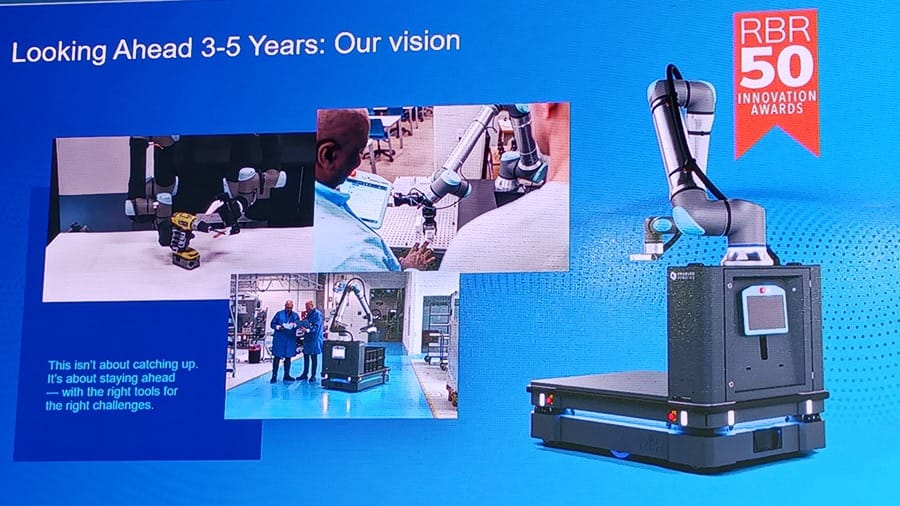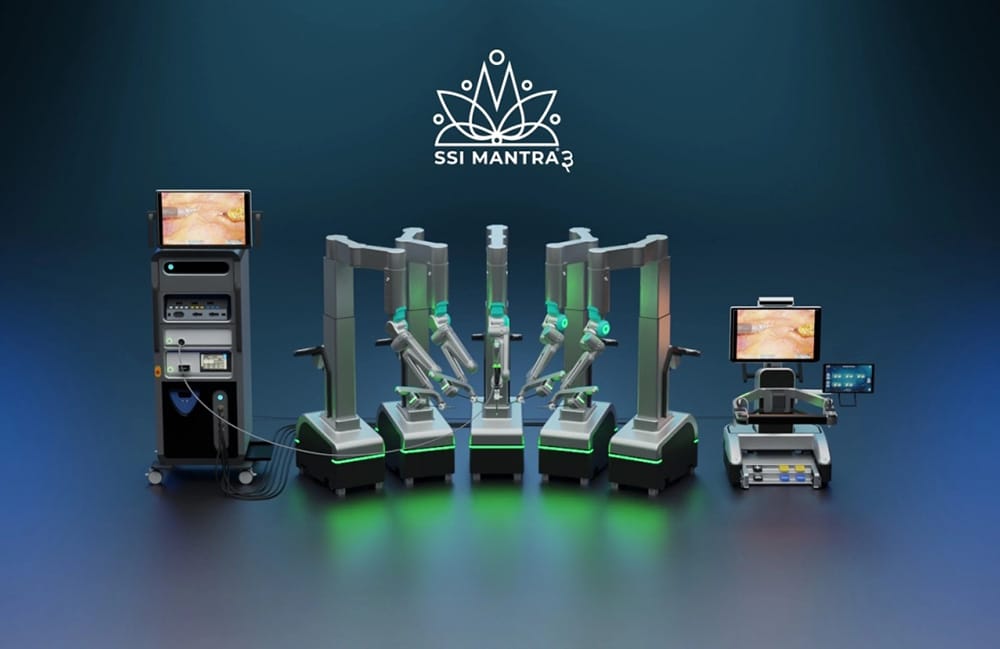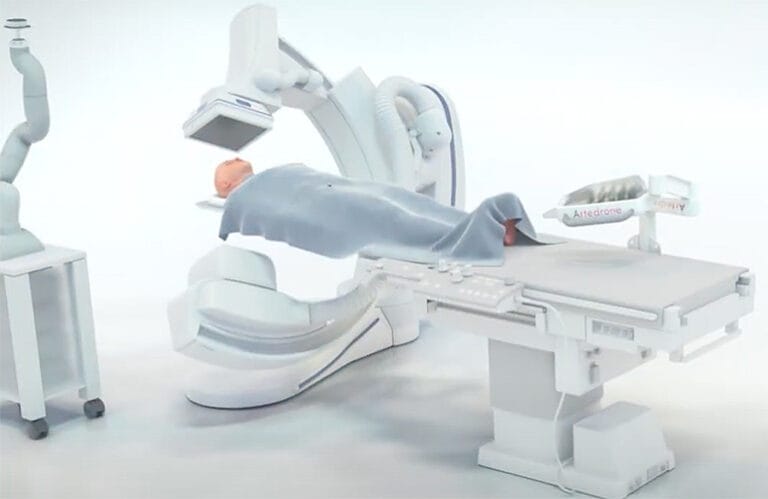
For decades, scientific discovery has relied on the interplay of theory, experimentation, and computing. The importance of computing for advanced scientific discovery is growing, and artificial intelligence is playing an […] Source: A Platform for Scientific Discovery: How New Google Cloud HPC and AI Offerings Accelerate Research | The Robot Report
Boston Dynamics’ Atlas humanoid demos advanced real-time perception and adaptability in chaotic environments in new video. Source: Watch Atlas humanoid adapt to changing environment | The Robot Report

Robotics and other automation for manufacturing have five basic needs that humanoids cannot yet meet, said Teradyne’s Ujjwal Kumar. Source: Automate 2025: 5 ways cobots and AMRs top humanoid robots – The Robot Report

Interhospital, the first hospital in South America to install SS Innovations system, has used it to perform a variety of surgical procedures. Source: SS Innovations completes its first cardiac surgery in the Americas with SSi Mantra – The Robot Report

At the current pace of AI development, AI agents will be able to drive scientific discovery and solve tough technical and engineering problems within a year, OpenAI CEO and Founder […] Source: AI Agents to Drive Scientific Discovery Within a Year, Altman Predicts | The Robot Report

Expanding care to stroke victims is one of medtech’s biggest opportunities, and startup Artedrone is developing a microrobot system that can navigate to blood clots for autonomous mechanical thrombectomies. The post Microrobot system is designed to float inside stroke patient for autonomous thrombectomy appeared first on The Robot Report.
From writing code to testing the new Alexa+, Amazon engineers used generative AI throughout the build process. We talk to Amazon’s Daniel Rausch about the next version of the voice assistant. Source: Amazon Rebuilt Alexa Using a ‘Staggering’ Amount of AI Tools | WIRED

Discover the fundamentals of factory ergonomics and why they matter more than ever. This article helps managers reduce injury risk, boost productivity, and make smarter decisions around manual palletizing. Source: Ergonomics 101 for factory managers | Robotiq

Drone swarms are evolving beyond surveillance and becoming vital tools for civil protection, serving as agents of societal good. Source: From surveillance to public service: the rise of drone swarms | The Robot Report
Cam Myers, founder and CEO of CreateMe, discusses the innovative application of robotics and adhesive technology in garment production. Source: How CreateMe Robotics is changing the apparel industry | The Robot Report







